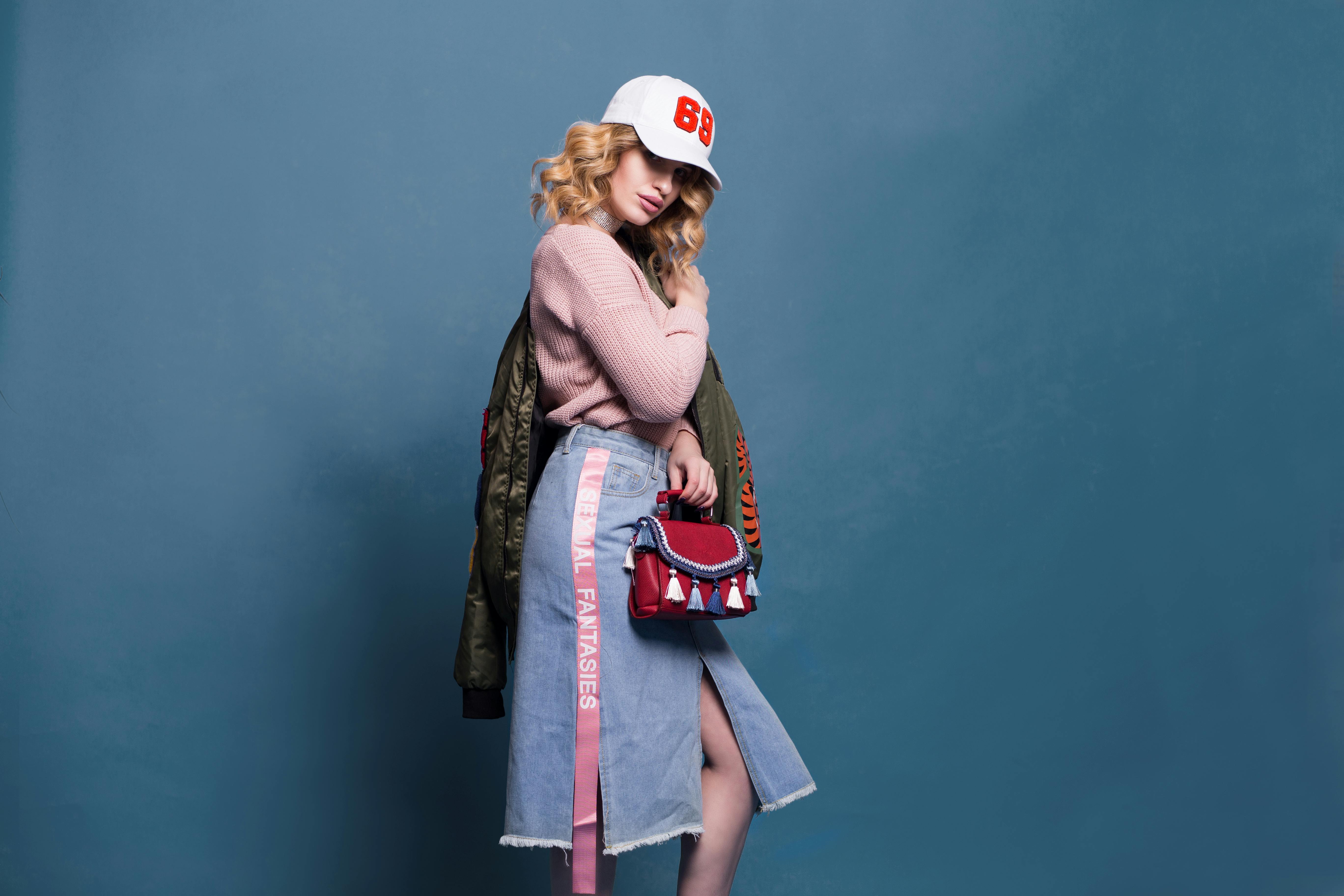Top 5 Sustainable Fashion Trends of 2024
Published on July 23, 2025 by Admin

The fashion industry is continuously evolving, and 2024 marks a significant shift towards more sustainable and ethical practices. Consumers are becoming increasingly aware of the environmental and social impact of their clothing choices, driving brands to innovate and adapt. Here are the top 5 sustainable fashion trends dominating 2024:
1. Circular Fashion Initiatives
Circular fashion, focusing on design, production, and consumption models that keep materials in use for as long as possible, is gaining serious traction. This includes everything from brands offering repair services and take-back programs for recycling to the rise of rental platforms and second-hand marketplaces. The goal is to minimize waste and maximize resource efficiency.
2. Biodegradable Materials & Bio-Synthetics
Beyond organic cotton and linen, 2024 sees an explosion of innovation in biodegradable materials. Think fabrics made from mushroom mycelium, algae, fruit waste (like pineapple leaves and apple peels), and even bacteria. Bio-synthetics, which replicate the properties of traditional synthetics but are derived from renewable biological sources, are also becoming more prevalent, offering sustainable alternatives to polyester and nylon.
3. Transparency & Traceability
Consumers demand to know where their clothes come from and how they are made. Brands are responding by implementing blockchain technology and detailed QR codes on garments, allowing customers to trace the entire supply chain—from farm to factory to finished product. This trend fosters trust and accountability, making it easier for consumers to make informed choices.
4. Water-Saving Technologies & Dyeing Methods
Water scarcity is a critical global issue, and the fashion industry is a major water consumer. In 2024, there's a strong focus on technologies that drastically reduce water usage in textile production, such as air dyeing, supercritical CO2 dyeing, and closed-loop water systems. Brands are also investing in innovative washing techniques that minimize water and chemical runoff.
5. Slow Fashion & Timeless Design
Moving away from fast fashion's disposable culture, slow fashion emphasizes quality over quantity. This trend encourages consumers to invest in well-made, durable pieces that transcend seasonal trends. Brands are focusing on timeless designs, versatile garments, and capsule wardrobes, promoting longevity and reducing the need for constant consumption.
These trends highlight a collective effort towards a more responsible and conscious fashion future. By embracing these changes, both brands and consumers can contribute to a healthier planet and a more equitable industry.
